
14 minute read
CORONAVIRUS
How can it be that 2020 simultaneously feels like it has lasted an eternity and like it has flown by? Here we are in the final stretch in October with the holidays just around the corner. The pandemic is far from over, there is unrest in the streets, and our country has never felt more divided as the 2020 election looms closer. Stress was already an epidemic in our country, but 2020 has taken it to a new level for most of us. It is a good time to add Toni Owen Conover additional tools to our stress reduction strategy; this month’s feature Publisher article supplies suggestions to help us do just that. This year has not been easy, but if I’ve learned anything, it has been the importance of being patient, flexible, and kind, and that there are silver linings if you look for them. Speaking of silver linings, please enjoy Gregg Levoy’s inspiring article on how we can find purpose and meaning in this challenging time. I think it’s important to remember that we are doing the best we can, and we’re all in this together.
inspiration
Advertisement
Coronavirus as a Calling by Gregg Levoy
Not to diminish the fact that we’re intentions, but as a vehicle of meditation itdealing with a serious and worldwide self: How do we feel, what wants to emerge epidemiological threat, the pandemic can and what do we truly know? be transmuted into golden opportunities, 3) Appreciate it as connective tissue especially if we follow the sometimes blind in society.We’re seeing firsthand how our spiritual instinct that tells us this crisis— individual actions can affect those around indeed each of our individual lives—has us, for better and for worse, and that purpose and meaning, and that we need to we depend on one another for survival. act on this impulse despite the temptation Washing our hands and sheltering in place to back down and run for cover. Here are are acts of both self-care and community four ways to respond to the call of these care. In the weeks following 9/11 when turbulent times: the fiction of our invulnerability was so 1) Use it as a reset.For months, it has shockingly revealed, many of us began been impossible to conduct busyness-asholding doors open for strangers, spendusual, and we may be left with unaccusing more time with our kids, honking less tomed time on our hands. But like the asterand listening more. Life’s fragility, our oid that ushered out the dinosaurs and gave fragility, woke us up to our need for each the mammals underfoot a shot at promiother. Now that social isolation is suddenly nence, once the thunder lizards of everyday forced on us, it reminds us how precious busyness and distraction are sidelined, parts those connections are. of us that are normally overshadowed may 4) A p proach it as a reminder of morbe given an entrance cue—not just projects tality.The pandemic is a perfect opportuwe’ve back-burnered in deference to the dainity to practice the fine and fearsome art of ly grind, but deeper thoughts and feelings non-attachment, because life will ultimateabout our priorities, the status quo, work/ ly ask us to surrender everything. “We all life (im)balance or our inner life. The better owe God a death,” Shakespeare wrote. We part of valor and wisdom may lie in asking, can use this time to clarify what’s impor“What can I learn here?” rather than, “How tant and how to best use our precious nick can I overcome this?” of time. When we strip ourselves of any 2) C onsider it a powerful meditation. illusions of immortality, we are thus free to Meditation teachers tell us that distractions live our lives to the fullest. aren’t obstacles, they are the meditation, so that we say to ourselves, “Ah, the dog-bark Gregg Levoy is the author of Callings: Findmeditation,” or “Ah, the weed-whacker ing and Following an Authentic Life and meditation.” The same with the coronaviVital Signs: The Nature and Nurture of Pasrus. Approach it not just as a distraction sion, and a regular blogger for Psychology from our goals and how it can block our Today. Learn more at GreggLevoy.com. LOW COU NTRY Ed ition
Owner/Publisher Toni Owen Conover
Ad vertisin g Inf ormation Art Graham 561-866-4066 Edie Allen 312-771-9836 Advertising@NALowcountry.com
c on tac t us
PO Box 1001 Isle of Palms, SC 29451 Ph: 843-821-7404 Publisher@NALowcountry.com NALowcountry.com
n ation al team CEO /Founder Sharon Bruckman
COO /Franchise Sales Joe Dunne
National Art Director Stephen Blancett Art Director Josh Pope
Financial Manager Yolanda Shebert Asst. Director of Ops Heather Gibbs Digital Content Director Rachael Oppy
National Advertising Lisa Doyle-Mitchell A dministrative A ssistant Anne-Marie Ryan
Natural Awakenings Publishing Corporation 4851 Tamiami Trail N., Ste. 200 Naples, FL 34103
Ph: 239-434-9392 • Fax: 239-434-9513 NaturalAwakenings.com
© 2020 by Natural Awakenings. All rights reserved. Although some parts of this publication may be reproduced and reprinted, we require that prior permission be obtained in writing. Natural Awakenings is a free publication distributed locally and is supported by our advertisers. Please call to find a location near you or if you would like copies placed at your business. We do not necessarily endorse the views expressed in the articles and advertisements, nor are we responsible for the products and services advertised. Check with a healthcare professional regarding the appropriate use of any treatment.
Natural Awakenings Magazine is ranked 5th Nationally in CISIO N’S ® 2016 Top 10 Health & Fitness Magazines
Natural Awakenings is a family of more than 70 healthy living magazines celebrating 26 years of providing the communities we serve with the tools and resources we all need to lead healthier lives on a healthy planet.
10
advertising & submissions
how to advertise
To advertise with Natural Awakenings or request a media kit, please contact us at 843-821-7404 or email Advertising@NALowcountry.com. Deadline for ads: the 10th of the month.
Editorial submissions
Email articles, news items and ideas to: Publisher@NALowcountry.com. Deadline for editorial: the 10th of the month.
calendar submissions
Submit Calendar & Ongoing Events to: NALowcountry.com. Deadline: the 10th of the month.
regional markets
Advertise your products or services in multiple markets! Natural Awakenings Publishing Corp. is a growing franchised family of locally owned magazines serving communities since 1994. To place your ad in other markets call 239-434-9392. For franchising opportunities call 239-530-1377 or visit NaturalAwakenings.com.
Contents
4 CORONAVIRUS AS A CALLING 10 CALM DOWN Taming the Flames of Stress-Related Illness
14 WISHFUL RECYCLING What Not to Put in the Bin
16 STRONG AND SUPPLE JOINTS How to Keep Hips and Knees Happy
18 MARK NEPO on Living a Wholehearted Life
14

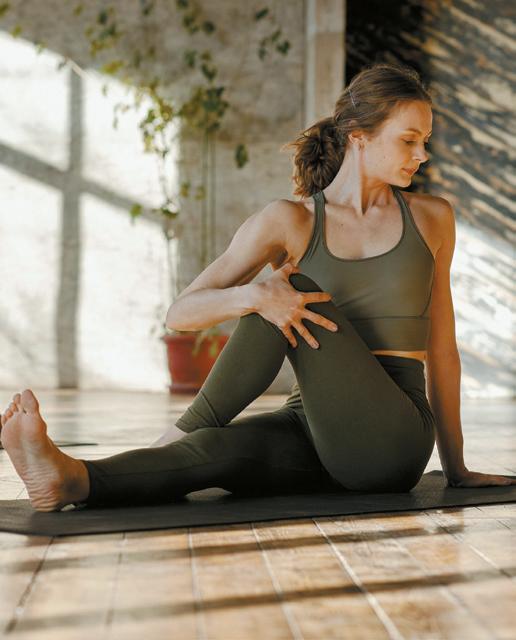
16
DEPARTMENTS 4 inspiration 6 health briefs 7 news brief 8 global briefs 14 green living 16 healing ways 18 wise words 20 calendar 21 resource guide
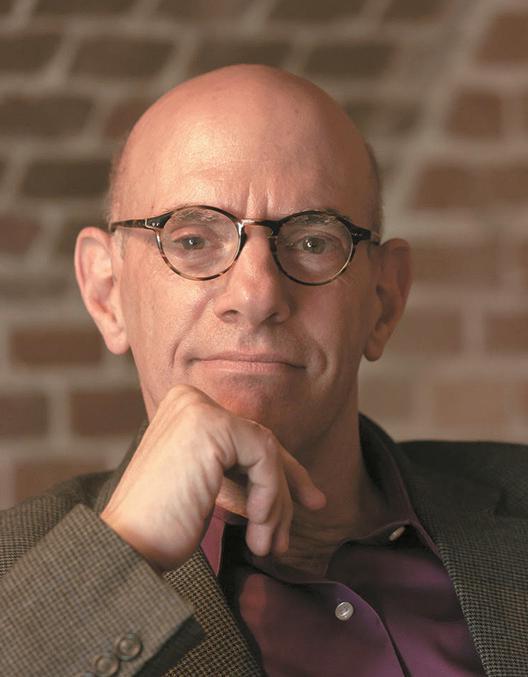
18
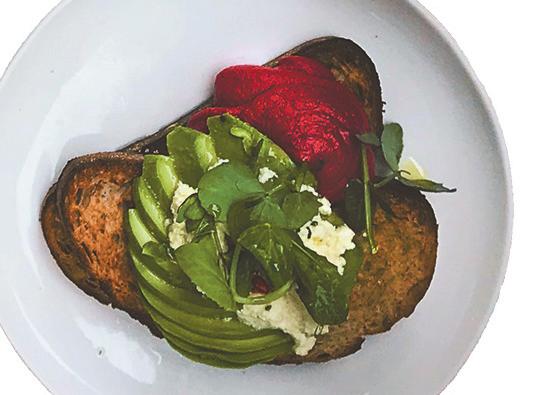
Improve Exercise and Recovery with Avocados and Beets Tasty and loaded with vitamins and minerals, avocados are a “healthy fat” that can speed recovery after exercise, reports a new Brazilian study. Researchers gave 12 women either 600 milliliters (mL) of avocado pulp or a placebo in capsules. After waiting an hour, the women ran on a treadmill for half an hour, then recovered for an hour. Metabolic tests of heart rate, heart rate variability and skin conductance indicated those taking the avocado pulp recovered faster than those given a placebo. In another new study, 12 Spanish men were able to do more back squats in weight-lift training an hour after drinking 12 mL of beet root juice compared with a placebo, suggesting the nitrate-rich drink improves muscular endurance.
Manage Bowel Disease to Reduce Dementia Risk The 3 million Americans dealing with inflammatory bowel disease (IBD), which includes ulcerative colitis and Crohn’s disease, may also suffer twice the risk of dementia, a new study in the journal Gut suggests. Taiwanese researchers tracked 1,740 IBD patients for 16 years and compared their cognitive health to that of 17,420 other adults without IBD. They found that IBD patients had more than three times the rate of all types of dementia—5.5 percent versus 1.5 percent—compared to those without IBD; after removing other factors like age and underlying conditions, they concluded that IBD doubled dementia risk. Of all the dementia types, the risk for Alzheimer’s disease was greatest: those with IBD were six times as likely to develop it than were those without the disease. Also, people with IBD were diagnosed with dementia seven years earlier, at age 76 rather than 83. The study on the gut-brain axis aligns with others in indicating that chronic inflammation and imbalanced gut bacteria are potential contributors to cognitive decline. “The identification of increased dementia risk and earlier onset among patients with IBD suggest that [they] might benefit from education and increased clinical vigilance,” wrote the study’s authors.
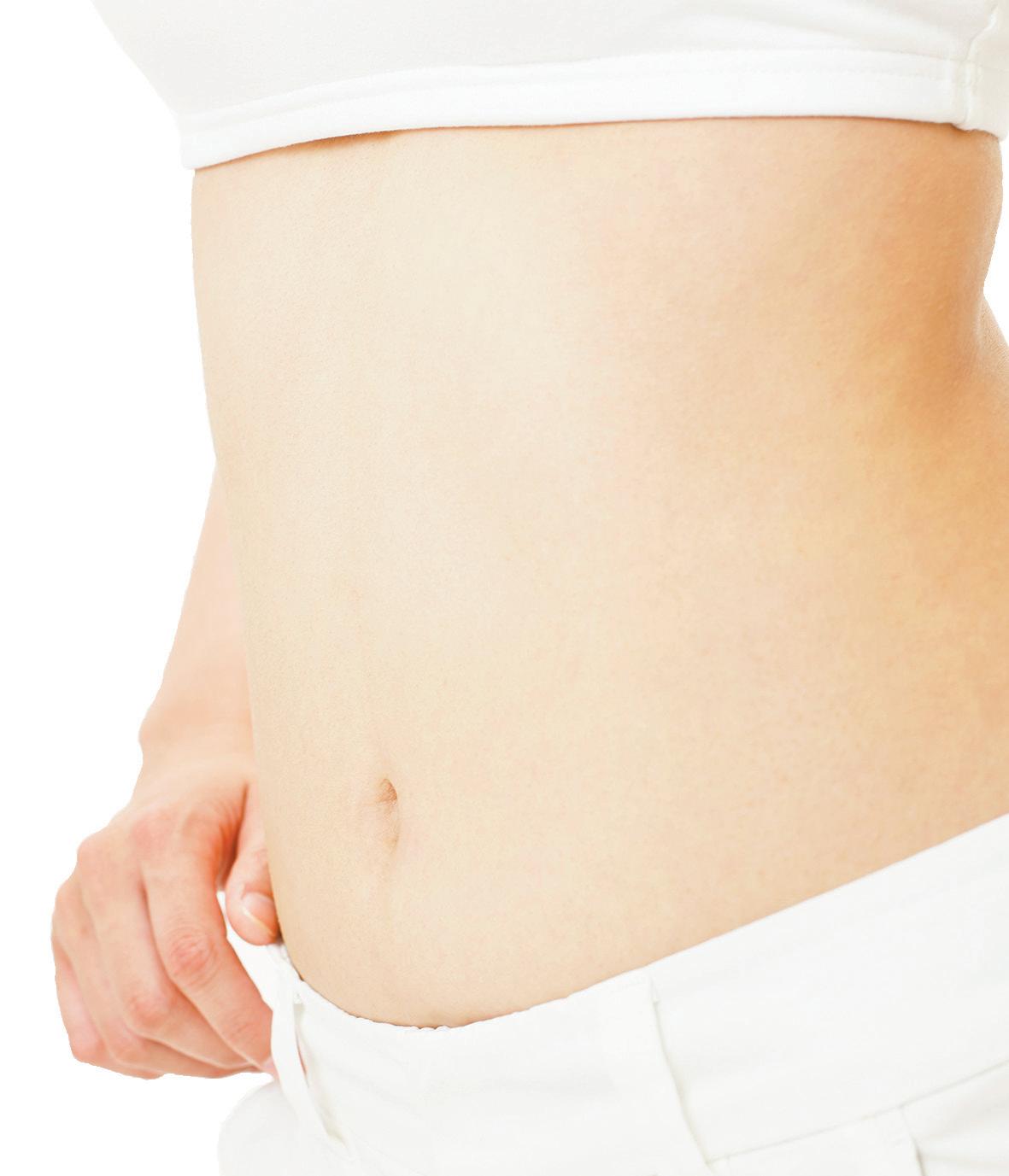
Eat Fruit, Veggies and Whole Grains to Lower Diabetes Risk The risk of diabetes can be slashed by loading a plate with fruit, veggies and whole grains, suggests two new studies in The British Medical Journal. European researchers measured fruit and vegetable consumption by testing the blood levels of vitamin C and carotenoids, the pigments found in colorful produce, in 9,754 people with Type 2 diabetes and 13,662 people free of the condition. They found that each average daily intake of 66 grams of fruit and vegetables (about onethird of a cup) reduced diabetes risk by 25 percent. The top fifth of fruit-and-veggie eaters had half the risk of diabetes compared to those that rarely ate produce. In a second study, American researchers using population research with more than 200,000 participants found those that ate the most whole grains had a 29 percent lower rate of Type 2 diabetes compared to those that ate the least amount. Eating one or more servings per day of whole-grain, cold breakfast cereal lowered the risk by 19 percent; dark bread lowered it 21 percent. Eating two or more servings per week of oatmeal lowered risk 21 percent; bran, 15 percent; and brown rice and wheat germ, 12 percent.
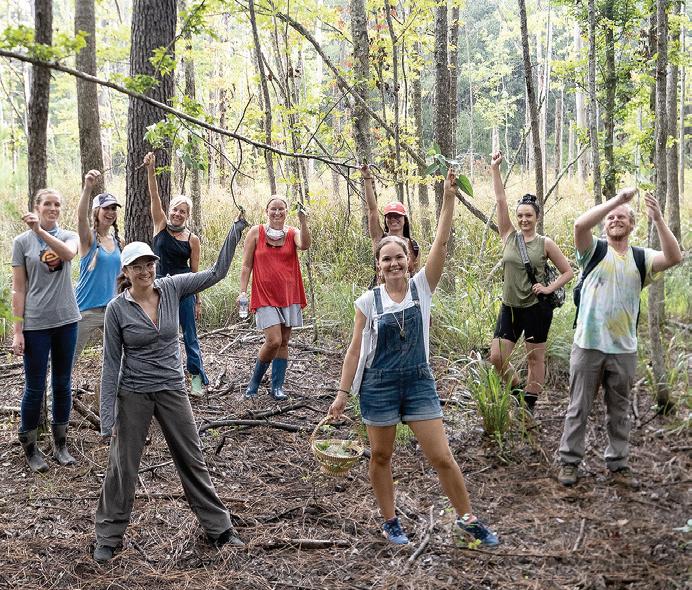
Yahola Herbal School
Yahola Herbal School, founded in March 2020, offers online herbal courses and local workshops focused on Lowcountry native and naturalized herbal plants. April Punsalan, the school’s founder states “the Lowcountry is full of native herbs that we can use every day, such as Yaupon, Wax Myrtle, and Spanish moss, to increase our health and wellness”. April draws from 23 years of botanical and herbal experience to create courses that empower people to safely use local herbs. The school’s first online course, “Forage Now”, covers 11 native and naturalized herbs easily found in anyone’s backyard or neighborhood. Highlights from the course include how to make an antiinflammatory lizard’s tail oil, how to harvest and make Yaupon tea, and how to make an invigorating bath from Spanish moss. Sarah MacDonald Live Wilder Photography

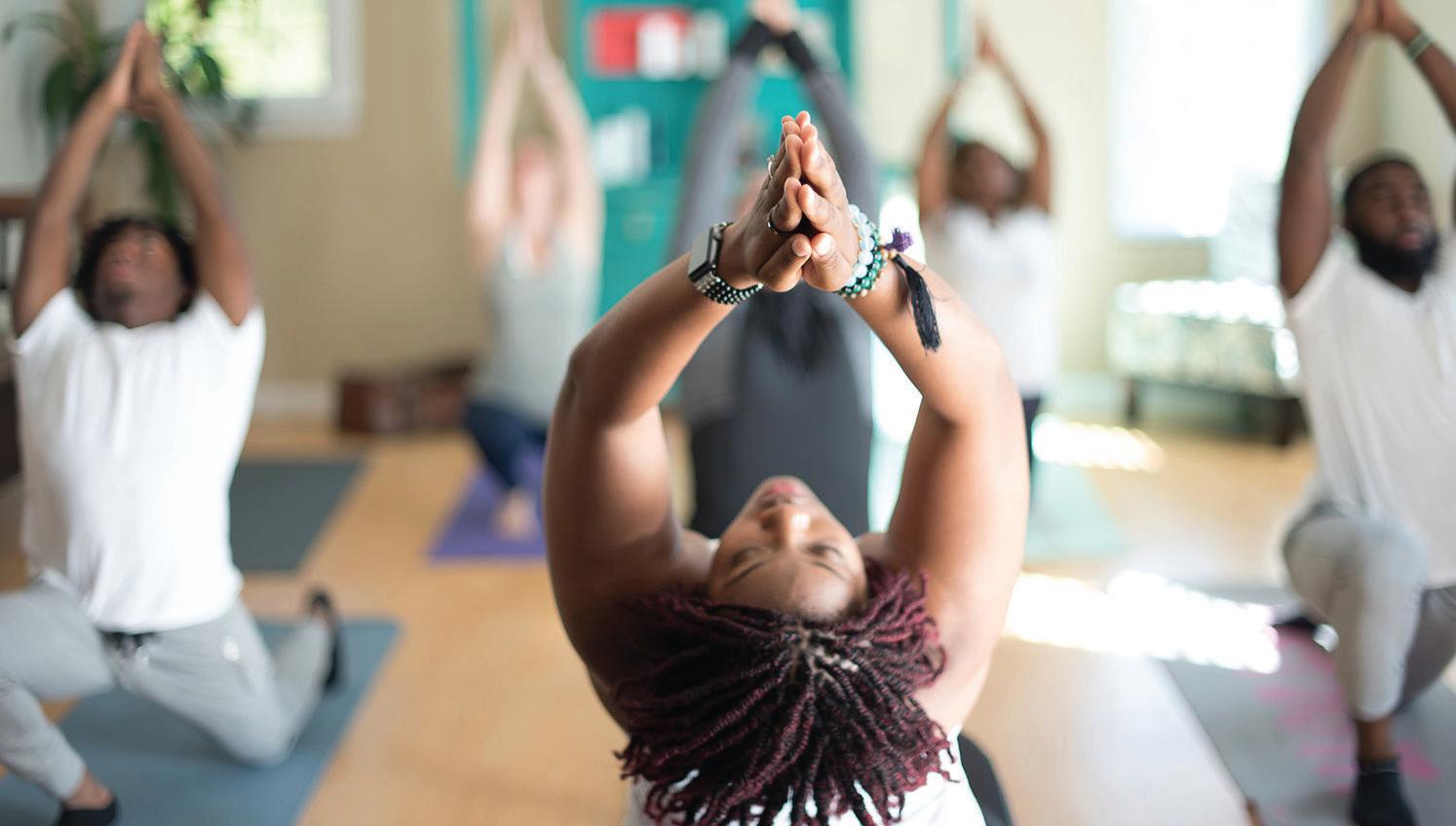
To learn more about Yahola Herbal School and their offerings visit: https://yaholaherbalschool.com/
BALANCE D for AILY LIFE








Life goes up and down. We have times when everything is going our way, but there are also times when we’re at the bottom. If we keep ourselves open to Spirit, there will be an equal balance.


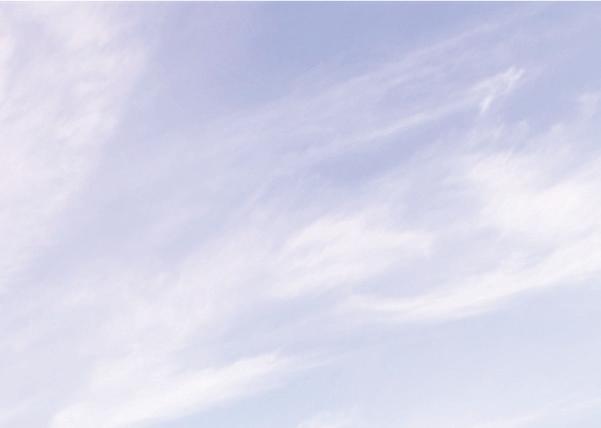
When our fortunes hit bottom, we surrender to Spirit. Then we can go back up more naturally, and we’ll maintain this rhythm of life. As life goes on around us, the detached state is that which runs right through the center; we are the balanced individual working in the Soul consciousness.
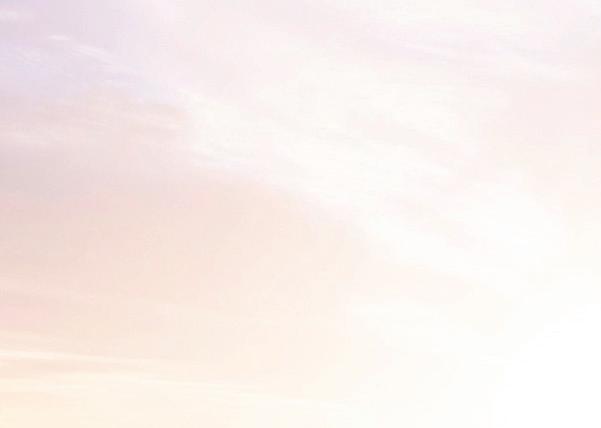
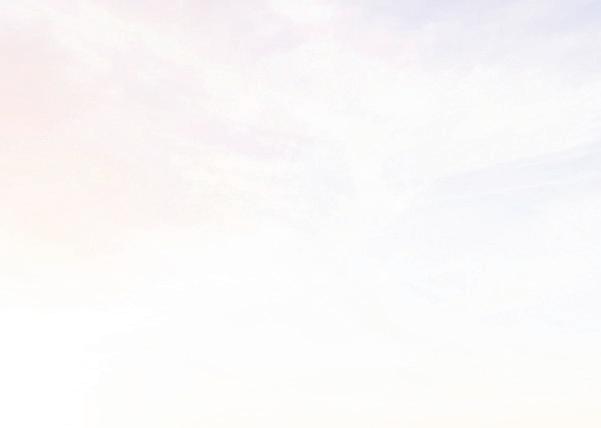
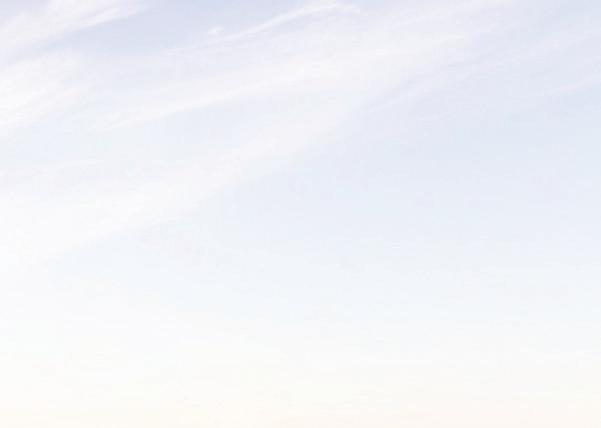
Singing HU can help you align with this natural, holy rhythm of life.
—Sri Harold Klemp
The Mahanta, the Living ECK Master
The Path of Spiritual Freedom



www.Eckankar.org

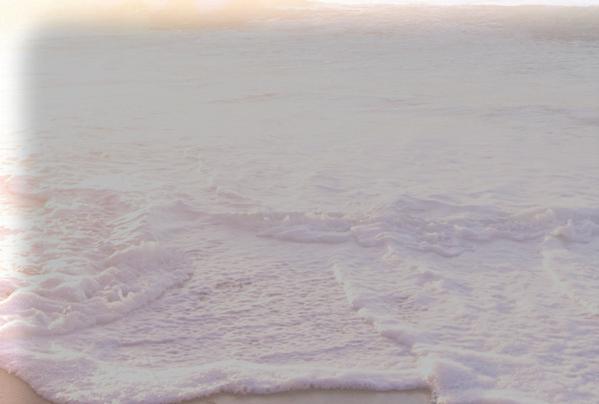

HU Sacred Sound Ancient Mantra k HU (rhymes with you) is an ancient name for God that has been sung for thousands of years in many lands for spiritual unfoldment. Visit HearHU.org to learn more about its transformative and healing power.

global briefs Stealth Mode
Blackest Fish in the Sea Aid Scientific Research Scientists from Duke University and the Smithsonian National Museum of Natural History have found that the skin of 16 species of deep-sea fish absorbs more than 99.95 percent of the light that hits them. As published in Current Biology, Dr. Karen Osborn co-led the research that discovered the extraordinary properties while attempting to photograph specimens. Even using cutting-edge equipment, she could not see any detail. “It didn’t matter how you set up the camera or lighting; [the fish] just sucked up all the light,” she tells BBC Science Focus. The source of the ultrablack color is melamin which is distributed within melanosomes that are densely packed into cells on the fish skin. Because of the unique shape and arrangement of these melanosomes, incoming light is redirected toward another cell to absorb it. In the deep-sea environment in which they live, even the smallest amount of reflected light can attract predators, so this form of camouflage improves their chances of survival. Some scientists believe it is possible to make similar ultra-black substances for sensitive optical equipment.

Short Circuit
Electronic Waste is Out of Control A partnership formed in 2017 between the United Nations International Telecommunication Union, the International Solid Waste Association and other groups to track the accumulation of electronic debris has reported via the publication Global E-Waste Monitor 2020 that a record 53.6 million metric tons of electronics were discarded in 2019 and could likely increase to 74.7 million tons per year by 2030. E-waste includes battery-powered and plug-in laptop computers, smartphones and televisions. Not only are people using more consumer electronics, they are not doing a good job of recycling them safely. The report found that of the e-waste generated in 2019, only 9.3 million tons, or 17.4 percent, were recycled. Cadmium and mercury are conspicuous sources of pollution from these devices, as are refrigerant chemicals like chlorofluorocarbons and hydrochlorofluorocarbons that can leach into the environment. Plastic waste is another concern. The report states that e-waste contains so many valuable recoverable metals such as iron, copper and gold that it represents a prime opportunity to reclaim these raw materials instead of mining them anew.
Corporate Hero
Apple Seeks 2030 Carbon Neutrality Apple, Inc., the maker of the iPhone, iPad and Mac computers, has committed to becoming 100 percent carbon neutral overall, from its supply chain to retail outlets, by 2030. The goal is to achieve a zero net climate impact. According to
BBC Science Focus Magazine, CEO Tim Cook says, “Businesses have a profound opportunity to help build a more sustainable future, one born of our common concern for the planet we share. The innovations powering our environmental journey are not only good for the planet, they’ve helped us make our products more energy-efficient and bring new sources of clean energy online around the world. Climate action can be the foundation for a new era of innovative potential, job creation and durable economic growth. With our commitment to carbon neutrality, we hope to be a ripple in the pond that creates a much larger change.” If successful, the 10-year plan will reduce carbon emissions by 75 percent and develop solutions such as the use of low carbon and recycled materials to achieve the other 25 percent.






